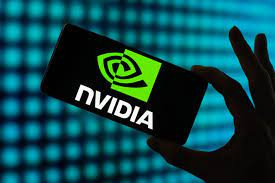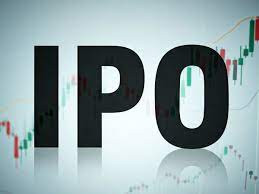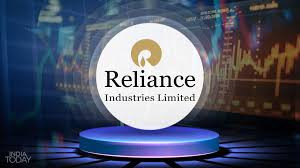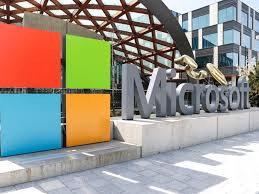“Nvidia’s Upcoming Earnings Poised to Signal Whether AI Boom Is Sustainable or Overheated”

IIE DIGITAL DESK : The Nvidia prepares to release its second-quarter fiscal 2026 earnings report—typically covering the May through July period—analysts and investors are watching closely, aware that the results could serve as a pivotal gauge of both the artificial intelligence sector's health and the chipmaker’s own growth trajectory. FactSet projections indicate that Nvidia’s revenue is likely to surge approximately 53 percent year-on-year to about $46 billion, while earnings per share (excluding certain irregular items) are expected to reach $1.01, marking a 49 percent rise compared to the same quarter last year, when EPS stood around $0.68. These numbers would represent robust gains, although notably softened from the extraordinary 122 percent revenue jump posted in the same quarter a year earlier .
The anticipated slowdown—though still impressive—is attributed to the maturing of the AI boom that has fuelled extraordinary demand in recent years. Nvidia’s GPUs remain essential to hyperscalers and cloud giants investing heavily in AI infrastructure. Microsoft, Amazon, Alphabet, and Meta alone are estimated to spend over $325 billion collectively this year to expand data center AI capabilities—investments that would continue to benefit Nvidia .
Yet the market is wrestling with a deeper question: whether Nvidia's meteoric rise reflects a technological revolution or unsustainable hype. The company currently trades at roughly 40 times forward earnings—a valuation about twice what investors would typically deem reasonable . As such, the upcoming earnings report may serve as a real-time barometer of whether the AI mania is durable or starting to wane.
Compounding the intrigue is Nvidia’s ongoing exposure to geopolitical tensions, particularly U.S.–China trade friction. The Trump administration recently lifted a ban on Nvidia’s sales of the H20 AI chip to China, but imposed a requirement that 15 percent of its China-bound chip revenue be shared with the U.S. government in exchange for the export licenses . Furthermore, China’s government has warned domestic companies against purchasing the H20 chip over alleged security concerns, prompting Nvidia to temporarily halt H20 production even before the earnings release . The company estimates that trade restrictions could cost as much as $8 billion in revenues for this quarter .
Amid these challenges, investor sentiment remains relatively upbeat. Wall Street is raising its expectations: FactSet forecasts stand at $1.01 EPS on $46.05 billion revenue, and price targets have climbed with Baird setting one at $225 and Stifel at $212 . Analysts from Morgan Stanley, JPMorgan, and William Blair point to surging demand from cloud service providers—and Nvidia’s continued AI dominance—as reasons for optimism and see the earnings report as a potential catalyst to sustain the broader AI market momentum .
Nvidia occupies an outsized role in the stock market, constituting approximately 8 percent of the S&P 500 index. Its earnings will likely reverberate beyond chip sales figures, influencing sentiment across technology shares and broader markets . For investors, the report could help resolve two key uncertainties: the impact of trade policy on Nvidia’s China business, and whether demand for its chips is a sign of long-term structural growth or a speculative bubble nearing its peak.
You might also like!
















